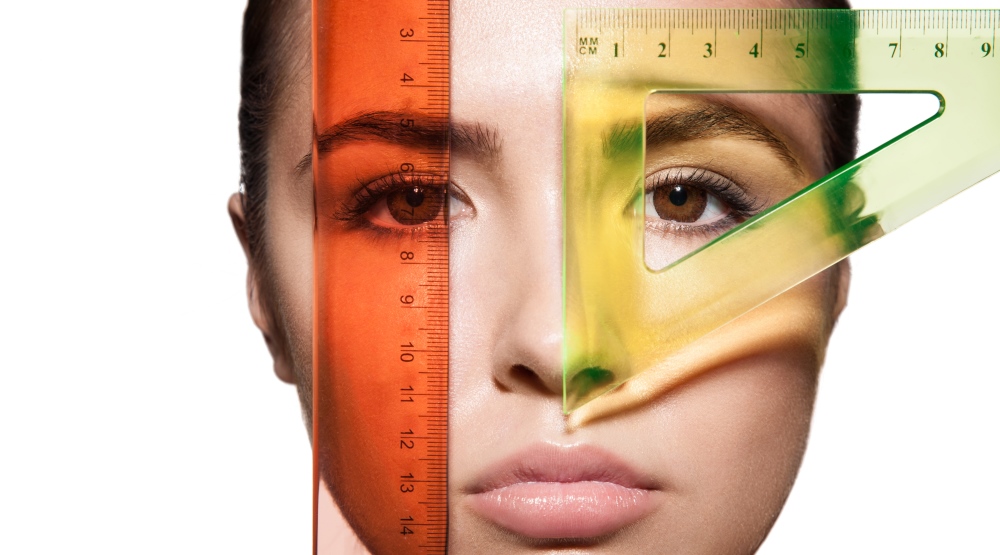A new US study has revealed some bad news for those in pursuit of beauty’s Holy Grail – facial symmetry.
According to the study by Dr Helena Taylor and colleagues from Mount Auburn Hospital in Massachusetts, asymmetry between the two sides of the face increases at a steady rate of appoximately 0.06mm each decade.
The amount might seem small but, according to Dr Taylor, it is a “significant increase over time” as facial symmetry is commonly regarded as a key component of human attractiveness.
Published in the latest issue of the Plastic and Reconstructive Surgery journal, the study also found that the changes were more significant in the lower two-thirds of the face.
During the study, researchers used three-dimensional photogrammetry to scan the faces of 191 volunteers ranging in age from four months to 88 years.
They then calculated the “root mean square deviation” (RMSD) to quantify the degree of asymmetry between the two sides of each face.
They found that the RMSD of facial symmetry clustered between 0.4 and 1.3 mm ‒ the RMSD of the upper facial third ranged from 0.2-1.2 mm, the RMSD of the middle facial third ranged from 0.2-1.4 mm and the RMSD of the lower facial third ranged from 00.2 -1.2mm.
Despite finding “a highly significant positive correlation between increasing age and facial asymmetry,” Dr Taylor said the causes were not so easily identifiable but “may include asymmetric skeletal remodeling along with differential deflation and descent of the soft tissues”.
“Although facial symmetry is thought to reflect genetic and molecular development, it may be perturbed by environmental factors, nutrition, illness, and behaviour (eg, facial habits causing unilateral skeletal and muscular development),” she said.
“Some degree of facial asymmetry is attractive and inherent in any face, but in excess, it is unnatural and unattractive and correlates with a decline in well-being.”
The researchers concluded that “the observed correlation between increasing facial asymmetry and age can be useful as a guide in plastic surgery to produce age-matched features”.

